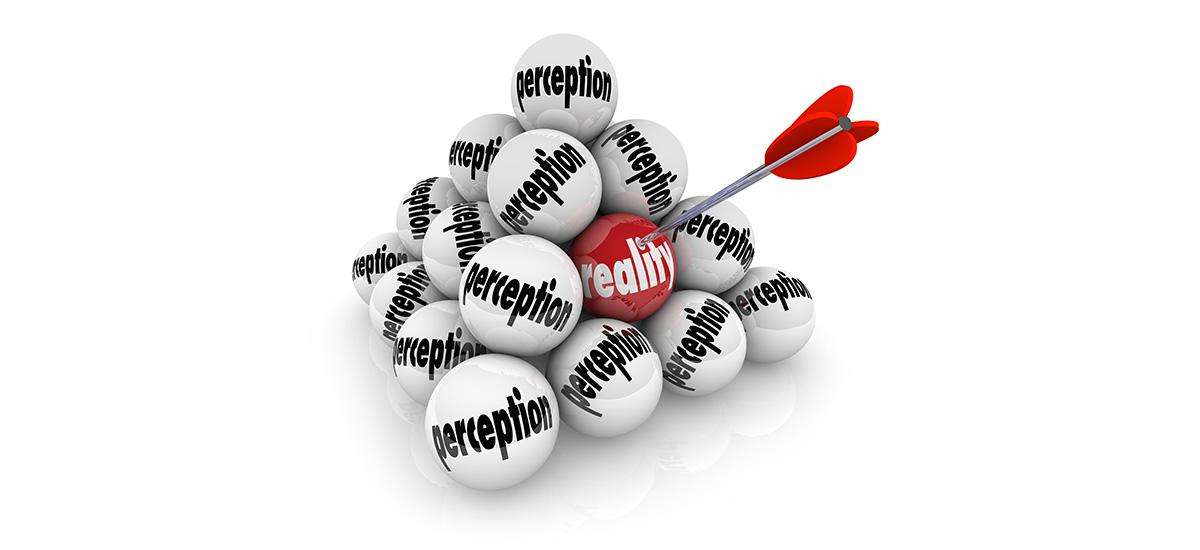We must start emphasizing reality over perception.
“Moving your feet quickly does not equal running fast.
If you need further convincing, take a friend, he can even be slower than you, and set up a 10-yard ladder.
Run a race where you perform ‘2 feet in each hole’ and let him stand beside you and simply sprint the 10 yards.
Tell me who wins.”
-Ray Zingler on Twitter
To finish up the short series on speed development I’ve been on this week, I want to close out with a bit of context as to why what the masses perceive to speed & agility to be, isn’t actually speed & agility (that transfers to sport).
The goal here isn’t to demonize training tools: ladders, cones, mini hurdles, or light up buttons. Nor is it disrespect anybody using these things.
At the end of the day all tools have their purpose, it’s the misuse of tools that tends to screw things up. A ladder for example is a GREAT tool to teach young athlete’s rhythm & patterning. It can also be used for a warm up as well.
However, traditional ladder drills will NOT increase running speeds as there is no (real) force being applied into the ground from the hip. Sure, you might see an athlete moving his limbs quickly through the ladder, but he isn’t going anywhere fast.
This is why his slower friend (in the example above) would crush him in a “ladder drill vs standard sprint” race. A silly example, I know, but the illustration works.
“But what about quickness/footwork?”
You could make an argument that the ladder or any of the other gadgets you see littered all over fields could improve in quickness, however is it the right type of quickness?
When using these drills, they are often being used in a closed format, meaning they are preprogrammed and the athlete knows what he is doing BEFORE he starts the drill (icky shuffle through the ladder, sprint to the cone, lateral shuffle, and finish).
But is that how sport works?
Not at all.
In sport, you don’t get to pick the scenario, you have to react, often on a dime.
This makes open (unplanned) drills far superior to closed drills for sports performance.
So how should we improve speed and agility, then?
Very, very simply.
Step 1: Get Stronger.
Step 2: Run Fast.
Step 3: Play your sport(s).
Strength is the catalyst to speed.
Practice applying force into the ground (running fast).
And the best quickness/agility training in the world will forever be PLAYING your sport. It gets no more “specific” than that.
We need to change perceptions and focus on reality in the world of Sports Performance.



